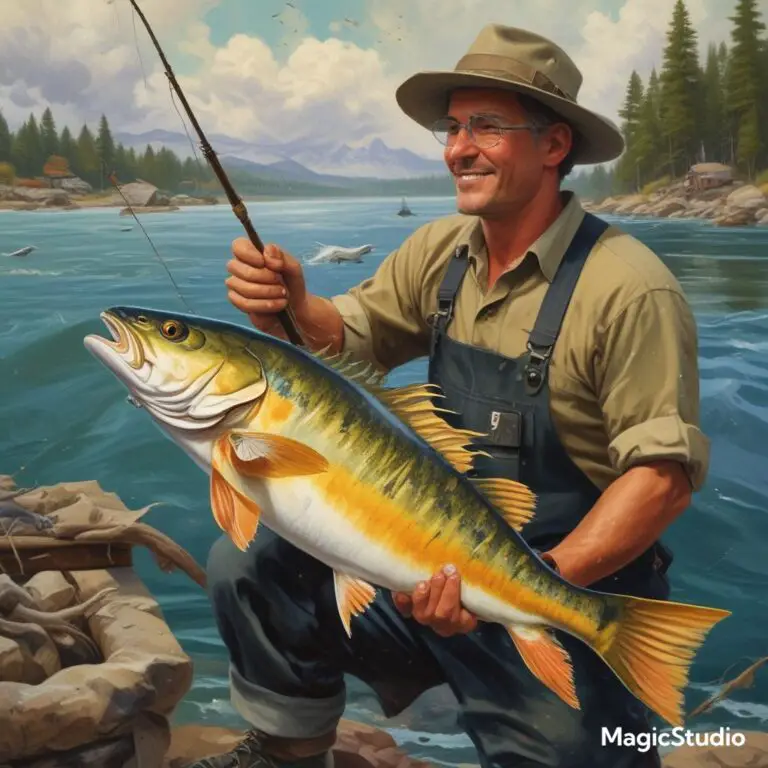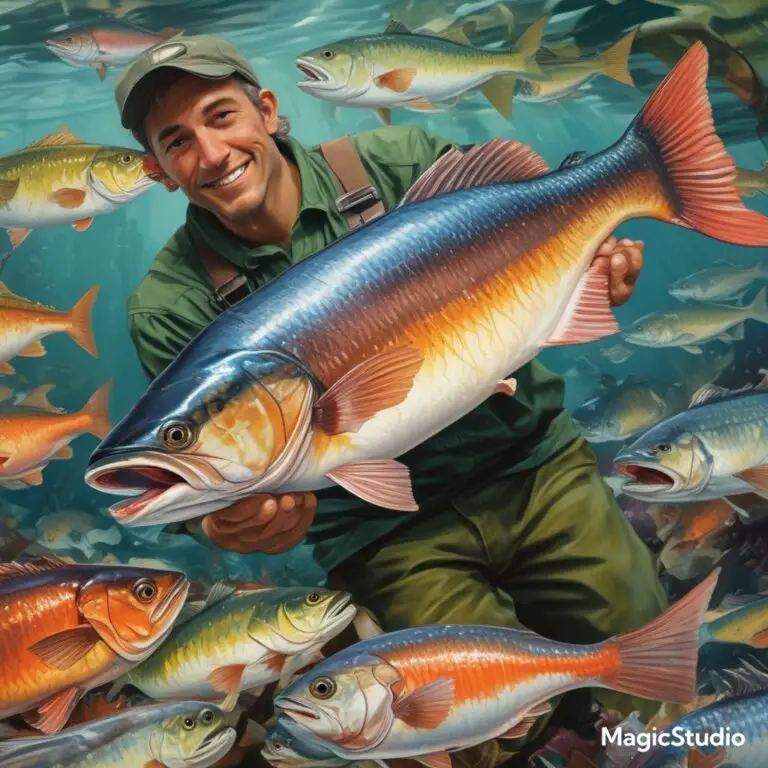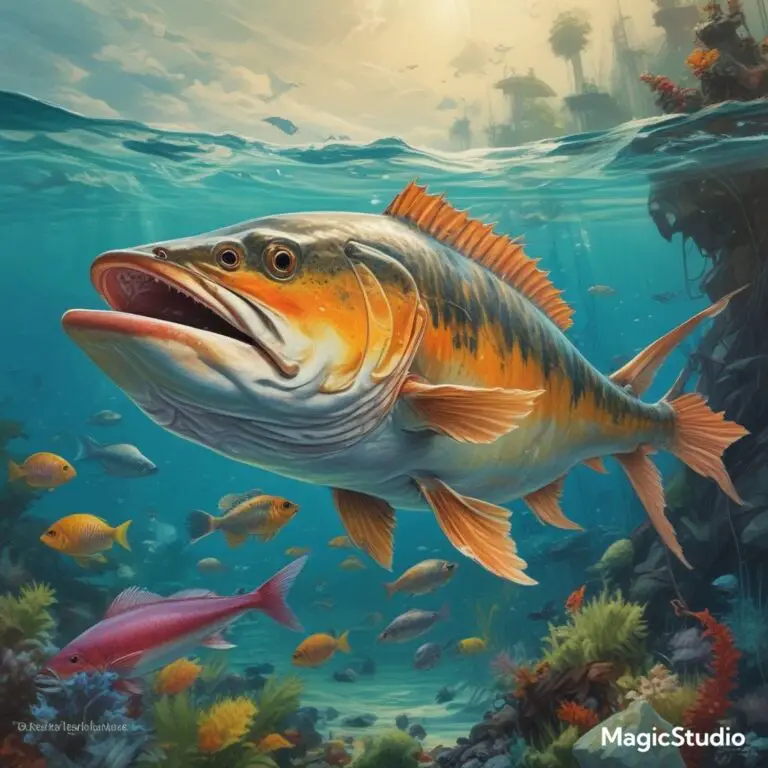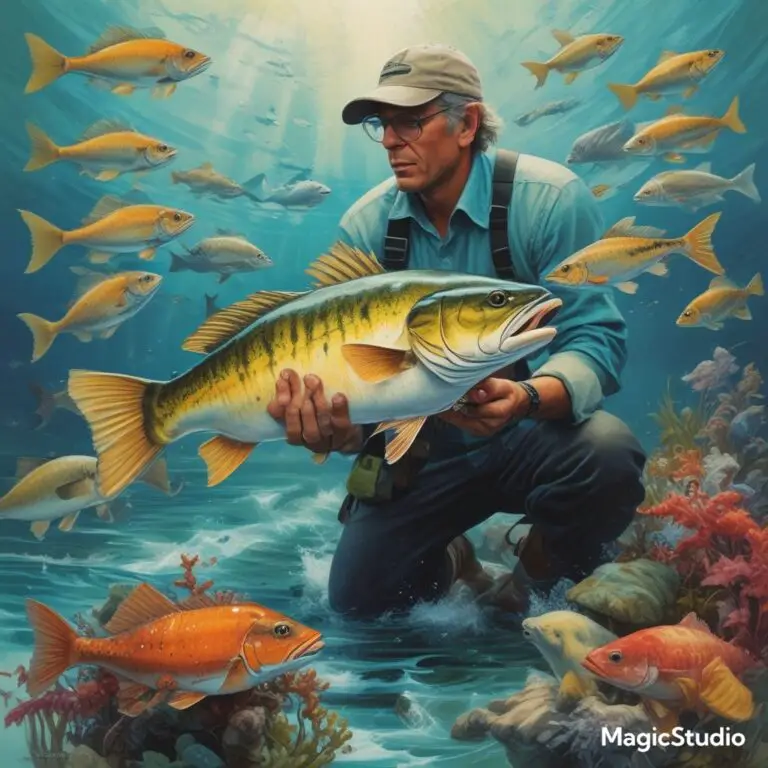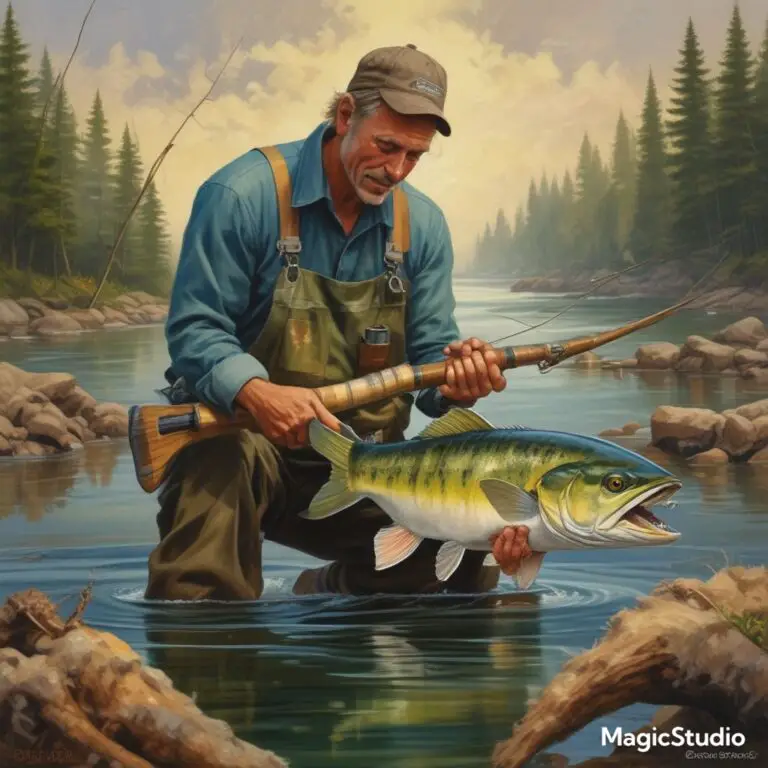Understanding Sustainable Fishing: How It Impacts Ocean Health and Biodiversity
Understanding Sustainable Fishing: How It Impacts Ocean Health and Biodiversity
As the global demand for seafood continues to rise, understanding sustainable fishing practices has never been more important. Sustainable fishing isn’t just a buzzword—it’s a vital approach to preserving ocean health and protecting biodiversity. By adopting responsible fishing methods, we can ensure that our oceans remain vibrant and productive for generations to come.
In this guide, we’ll delve into the principles of sustainable fishing, explore its impacts on ocean health and biodiversity, and provide actionable steps to support these practices.
What Is Sustainable Fishing?
Sustainable fishing refers to practices that maintain fish populations and ecosystems at healthy levels. The goal is to catch fish in a way that ensures their long-term viability while minimizing environmental impact. Key principles include:
- Maintaining Fish Populations: Ensuring fish stocks are not depleted to the point of collapse.
- Protecting Ecosystems: Avoiding damage to marine habitats and non-target species.
- Promoting Responsible Management: Using practices that can be maintained over the long term without harming the environment.
How Sustainable Fishing Impacts Ocean Health
Sustainable fishing practices play a crucial role in preserving the health of our oceans. Here’s how:
1. Preventing Overfishing
Overfishing depletes fish populations faster than they can reproduce, leading to declines in species and disruptions in marine ecosystems. Sustainable fishing helps prevent overfishing by:
- Setting Catch Limits: Establishing quotas based on scientific assessments to prevent overharvesting.
- Monitoring Fish Stocks: Regularly assessing fish populations to ensure they remain at sustainable levels.
2. Protecting Marine Habitats
Certain fishing methods can cause significant damage to marine habitats. Sustainable practices help protect these vital areas by:
- Avoiding Destructive Gear: Using fishing gear that minimizes damage to the seafloor and coral reefs.
- Designating Marine Protected Areas: Creating zones where fishing is restricted to preserve sensitive habitats.
3. Reducing Bycatch
Bycatch refers to the unintended capture of non-target species, including dolphins, turtles, and seabirds. Sustainable fishing reduces bycatch through:
- Selective Gear: Using gear designed to target specific species and allow non-target species to escape.
- Implementing Bycatch Reduction Devices (BRDs): Incorporating devices that help prevent bycatch in trawl nets and other fishing gear.
The Role of Biodiversity in Sustainable Fishing
Biodiversity, the variety of life in an ecosystem, is essential for maintaining healthy and resilient marine environments. Sustainable fishing contributes to biodiversity by:
1. Preserving Species Diversity
Diverse marine species contribute to ecosystem stability and resilience. Sustainable fishing practices help preserve this diversity by:
- Avoiding Overexploitation: Ensuring that fishing does not deplete species to the point of endangerment.
- Protecting Ecosystem Functions: Maintaining the balance of predator and prey species to support healthy ecosystems.
2. Supporting Ecosystem Services
Healthy marine ecosystems provide valuable services, such as nutrient cycling and carbon sequestration. Sustainable fishing helps support these services by:
- Maintaining Habitat Integrity: Protecting coral reefs, mangroves, and seagrass beds that provide critical ecosystem functions.
- Promoting Marine Health: Ensuring that fishing practices do not disrupt the ecological processes that support marine life.
How to Support Sustainable Fishing
You don’t have to be a fisherman to contribute to sustainable fishing practices. Here’s how you can make a difference:
- Choose Certified Seafood: Look for labels from organizations like the Marine Stewardship Council (MSC) or the Aquaculture Stewardship Council (ASC) when buying seafood. These certifications ensure that products come from sustainably managed sources.
- Advocate for Marine Conservation: Support policies and initiatives that promote sustainable fishing and marine protection.
- Educate Others: Share information about the importance of sustainable fishing with your community and encourage responsible seafood choices.
By understanding and supporting sustainable fishing practices, we can all contribute to a healthier ocean and a more balanced marine ecosystem. Let’s work together to ensure that our oceans remain vibrant and full of life for years to come.

